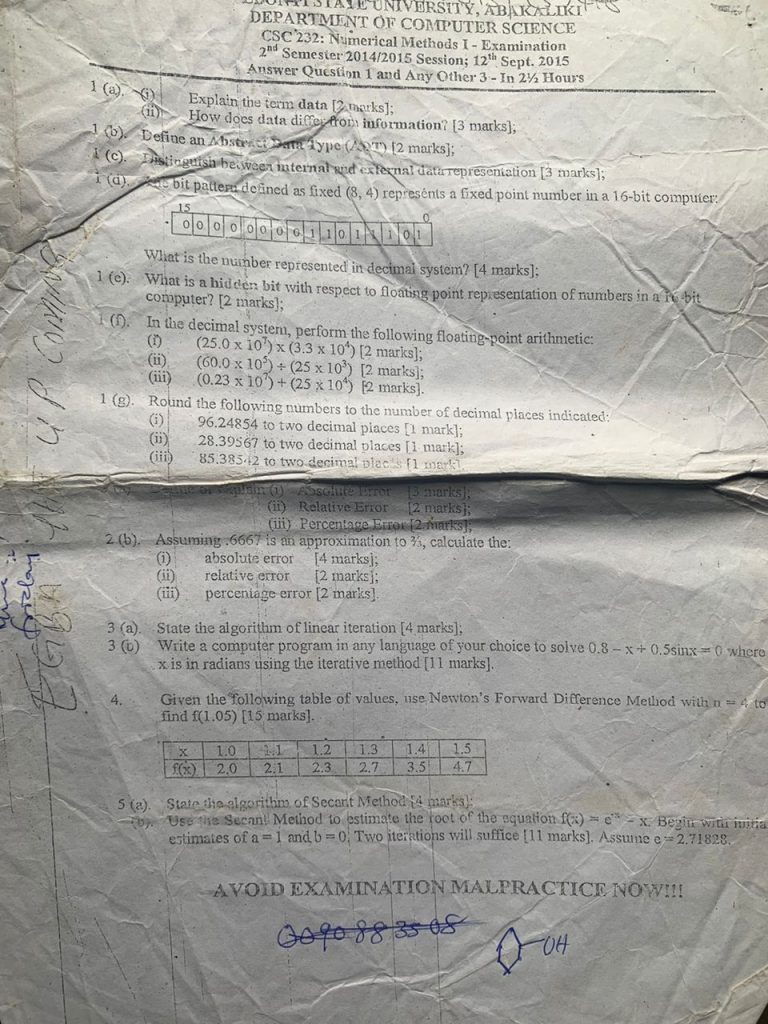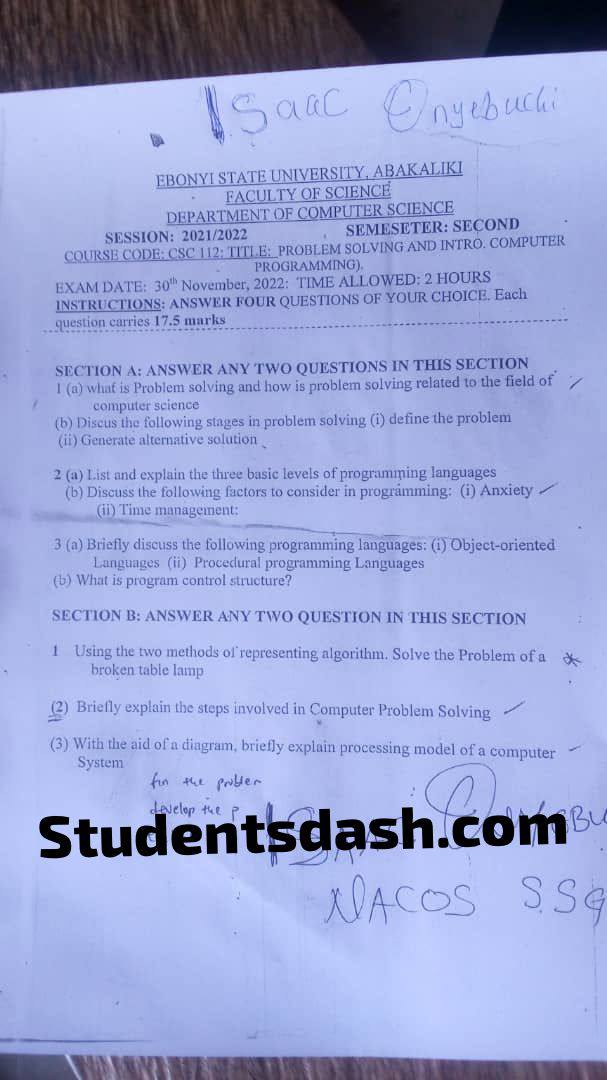Important Facts on ROOTS AND LEAVES
ROOTS AND LEAVES
ROOTS:
- Radish (Raphanus sativus):
- Possesses a fusiform root, recognized by its spindle-shaped appearance.
- Well-adapted for efficient nutrient absorption and water uptake.
- Turnip (Brassica rapa):
- Features a napiform root, distinguished by its broad, top-like structure.
- Efficient storage of nutrients, particularly in the enlarged upper part of the root.
- Carrot (Daucus carota):
- Exhibits a conical root, known for its tapering shape.
- Adapted for both nutrient storage and penetrating the soil.
- Root Tissues:
- Xylem Tissues: Facilitate water transport, comprising tracheid cells and vessels.
- Phloem Tissues: Responsible for nutrient transport, consisting of sieve tubes.
LEAVES:
- Leaf Structures:
- Cuticle: Protective layer preventing excess evaporation, maintaining leaf hydration.
- Epidermis: Outer layer providing structural support and protection.
- Mesophyll Layers:
- Palisade Mesophyll: Dominant layer for photosynthesis due to abundant chloroplasts.
- Spongy Mesophyll: Contains air spaces enhancing CO2 diffusion, contributing to gas exchange.
- Stomatal Regulation:
- Guard Cells: Present in the lower epidermis, regulating the opening and closure of stomata for gas exchange.
- Leaf Functions:
- Photosynthesis: Primary function occurring in mesophyll layers.
- Transpiration: Water loss controlled by the cuticle and stomata.
- Gas Exchange: Facilitated by stomata, ensuring a balance of oxygen and carbon dioxide.
Understanding the diverse structures, functions, and adaptations of roots and leaves is essential for comprehending the dynamic processes that sustain plant life. Each plant species showcases unique characteristics in its roots and leaves, reflecting its adaptation to specific environmental conditions and ecological niches.
Don’t forget to share with your friends







Gas exchange as one of the function of leave, is very interesting!
Very educative